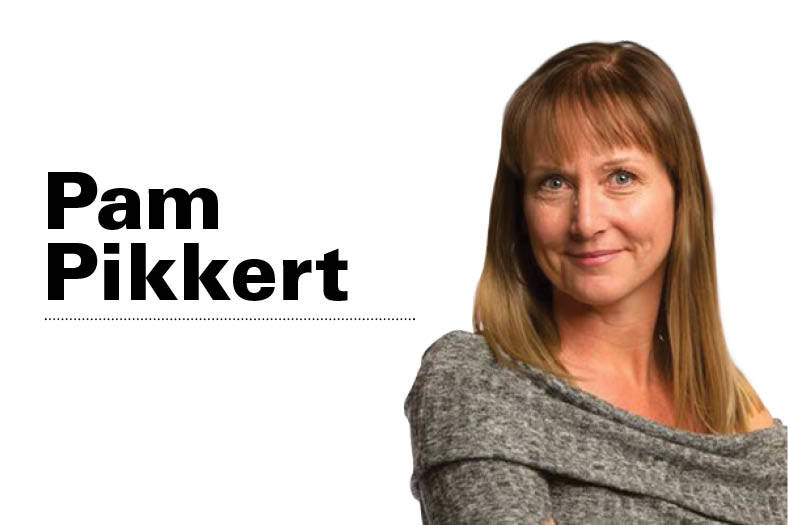As a mortgage professional it is my responsibility to keep abreast of things which may adversely affect my clients. I have seen, since the last round of governmental rule changes, a couple of trends which may herald a widespread change to the Canadian mortgage marketplace.
• Mortgage renewals
The average mortgage is divided into two time components. The larger piece is called the amortization. When you are putting less than 20% down the maximum is 25 years and when you have more than 20% down you can go as high as 30 years. The smaller time piece is the mortgage term.
This can be anything from six months to 10 years. The most common in Canada is the five-year.
Towards the end of your term, if your mortgage is in good standing, the mortgage lender will send out a renewal offer. Generally you will be able to choose between a spectrum of additional term options.
You may be asked for additional paperwork at this time such as confirmation of property tax compliance or a recent pay stub to confirm employment. It is a very good idea to check around to make sure you are being offered the best mortgage.
So here is where the change has occurred. I have seen a couple of instances recently where the mortgage lender pulls credit prior to deciding what offer to make you.
Even if your mortgage is in perfect standing they are offering a higher rate when the credit is poor. In the mortgage paperwork you will have given them the permission to make such inquiries so this is not at all an unusual.
They are well within their rights to increase the rate given that you are now an increased default risk. This will serve as a heads up to do everything in your power to keep your credit strong.
• Credit ratings
Each mortgage lender is different a far as what they consider to be acceptable credit.
Some are fine with a bankruptcy in your past as long as there was no property involved.
Others will not tolerate anything worse than a late payment on a cell phone bill. Historically, the worst credit score we could get approved through a mainstream lender is 600. Less than that required us to look to the alternative mortgage market for financing options.
This is slowly starting to shift. Recently the government made some changes to the mortgage lending guidelines. There is now an increased risk to mortgage providers on homes that have more than 20% equity.
In the past, the banks could do what we call back end mortgage insurance. That meant that at their own expense, the banks could put mortgage default insurance in place to decrease their overall risk if a foreclosure occurred. They can no longer do so.
The change I have noted is that on homes where a person is buying with more than 20% down and the credit score is below 680, the rate is being increased to mitigate the risk.
So instead of a 3.49% for a five-year fixed rate, they are offering 3.79%.
It is very important to note that both the above scenarios are not yet the norm across all lenders but as they say, where there is smoke there may be fire.
So the overall lessons here today are firstly to keep your credit as strong as possible to ensure best rates when your mortgage renews. Secondly, to keep your credit as strong as possible to be offered best rates at all time. And finally, to use a well-qualified mortgage professional to help you always.
Pam Pikkert is a mortgage broker with Mortgage Alliance – Regional Mortgage Group in Red Deer.



